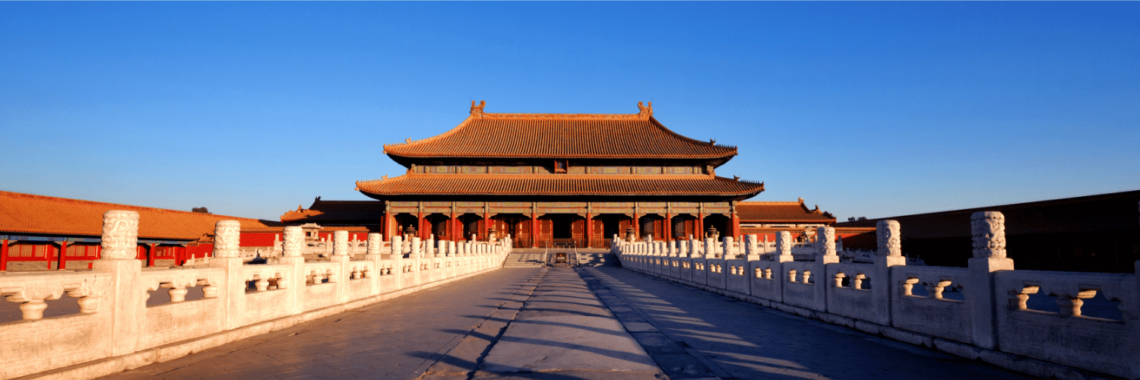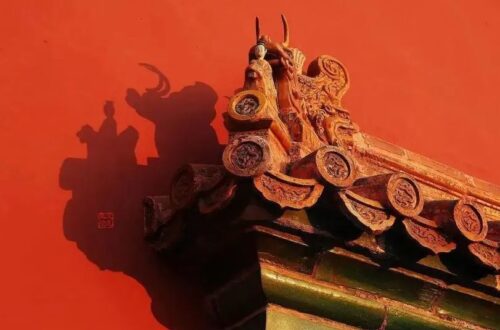
Introduction and history of the Palace Museum
What is the Palace Museum?
The Palace Museum (also known as the “Forbidden City”) is a palace complex located in the center of Beijing, is the royal palace of 24 emperors of China’s Ming and Qing dynasties, is the essence of the ancient Han Chinese palace architecture, an unparalleled architectural masterpiece, and one of the world’s largest and best-preserved wooden structures in the ancient architectural complex.

Why is it called the Palace Museum?
The word “Palace Museum” means ancient, long history, emphasizing the importance of the Forbidden City as a historical monument; “Palace” means imperial palace, palace. The Palace Museum, as the Forbidden City was called in the old days, and “Purple” is considered to be the Ziwei Wall in ancient Chinese astronomy, which is a symbol of the emperor’s residence, and “Forbidden” means that ordinary people are forbidden to enter, which adds to the majesty of the palace.
History of the Palace Museum
The construction of the Palace Museum began in the fourth year of the Yongle period of the Ming Dynasty (1406 A.D.). In order to consolidate his dominance, Zhu Di (dì), the first emperor of the Ming Dynasty, decided to build a magnificent palace, which, after many years of construction (about 14 years), was formally completed in the 18th year of the Yongle period of the Ming Dynasty (1420 A.D.). After that, the Forbidden City was used as an imperial palace during the Ming and Qing dynasties, and underwent many expansions and renovations. After the outbreak of the Xinhai Revolution and the fall of the Qing Dynasty, the palace was converted into a museum and opened to the public. In modern times, the Palace Museum has been one of the major tourist attractions in China, attracting a large number of visitors. Overall, the Palace Museum has experienced the rule of the Ming and Qing dynasties and carries the royal history and culture of feudal China.
Honors of the Forbidden City
The Forbidden City, covering an area of about 720,000 square meters and a building area of about 150,000 square meters, the palace buildings are all wooden structures with yellow glazed tile roofs and blue and white stone bases. Known as the first of the world’s five major palaces (the Forbidden City in Beijing, Versailles in France, Buckingham Palace in the United Kingdom, the White House in the United States and the Kremlin in Russia), it is one of the world’s largest and best-preserved groups of ancient wooden structures, and it is a national 5A-level tourist attraction. The Forbidden City in Beijing is a national key cultural relics protection unit, which was listed in December 1987 as a World Heritage Site.




